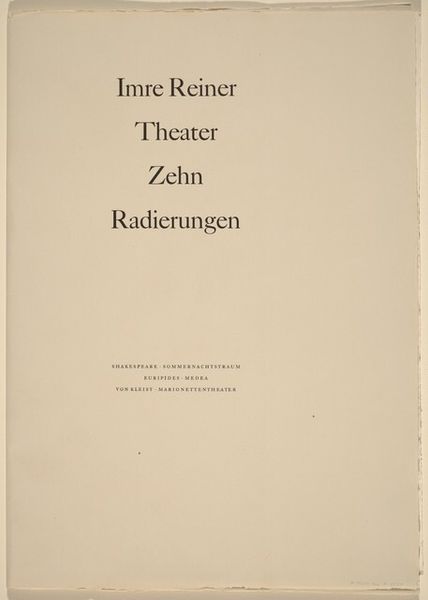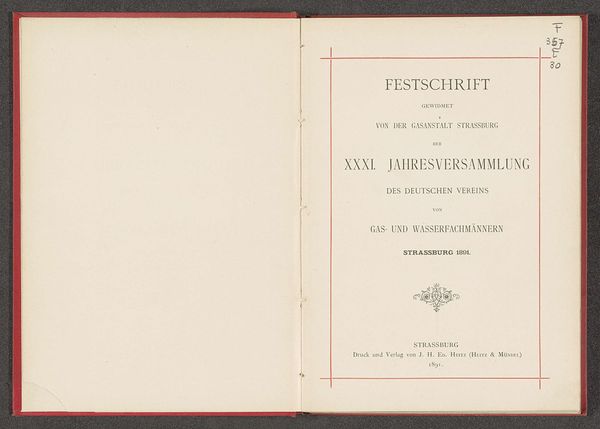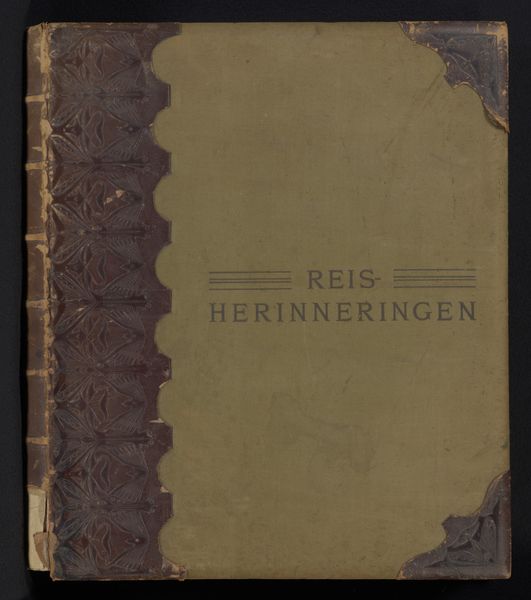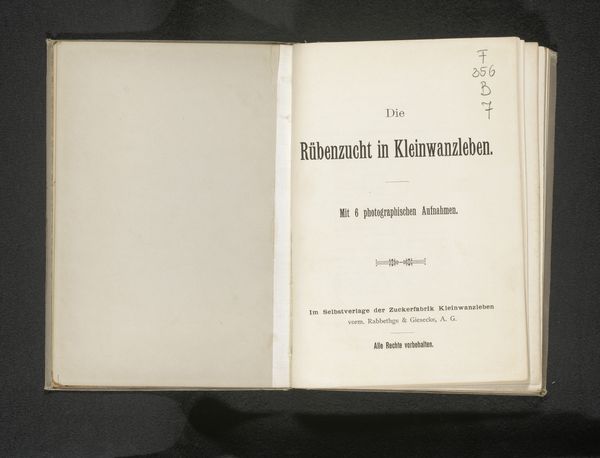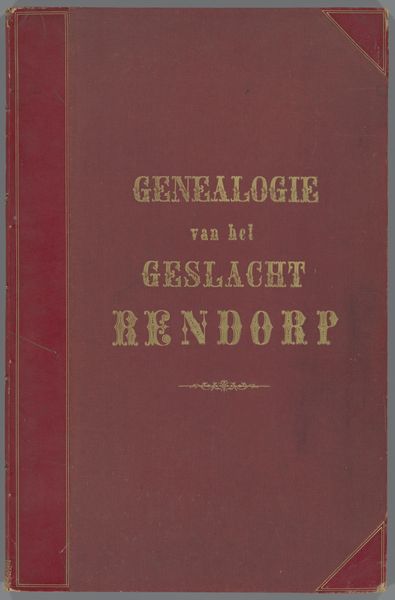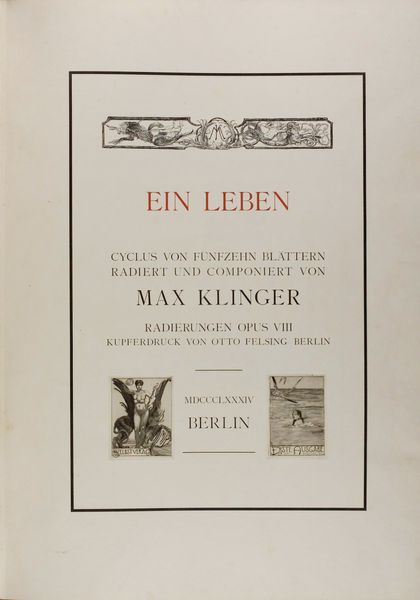
print, photography
# print
#
book
#
photography
#
modernism
#
monochrome
Dimensions: height 319 mm, width 258 mm, thickness 30 mm
Copyright: Rijks Museum: Open Domain
Curator: Just glancing at the cover, this book radiates a sense of calm and understated beauty. There’s something so appealing about its simplicity. The olive green almost matte texture with the minimalist golden design—it’s intriguing. Editor: What you’re describing aligns perfectly with what Karl Blossfeldt sought to achieve in "Urformen der Kunst : photographische Pflanzenbilder," which translates to “Art Forms in Nature: Photographic Plant Studies.” Published in 1928, it’s a collection of close-up photographs of plants. Curator: "Art Forms in Nature"... even the title is beautiful! The idea of seeing plants as pure forms of art. I love the subtle contrast of the natural motif against that almost industrial-looking typeface on the cover, it adds a curious tension, don't you think? Editor: Absolutely. Blossfeldt was deeply influenced by the Arts and Crafts movement, admiring the inherent beauty in natural forms. The book was incredibly impactful, contributing significantly to both the New Objectivity movement and the development of modernist photography. It helped artists to use natural forms as inspiration. Curator: That's it, that’s exactly the tension I was feeling, that the photographs in the book use photography to bring an artisan quality to an otherwise reproducible format. Each plant magnified shows design in an everyday natural element. Do we know much about Blossfeldt's background and if those connections were intentional? Editor: Blossfeldt actually designed the custom cameras that could do this intense magnification. As an artist, educator and a trained sculptor his early professional experiences enabled him to translate observations of natural forms into pedagogical tools, merging art, education, and an appreciation for natural geometry into public and professional consciousness. Curator: Knowing the plants are presented as studies is so interesting... I am curious about each of them. In essence, he was revealing forms—art—that are always there but rarely truly observed with that artistic intentionality. The idea that we can discover complex art in natural details still feels fresh today. Editor: I agree. The book itself has become a lasting testament to the power of observation and the democratizing potential of photography to make art accessible, helping shape public appreciation for botanical marvels. Curator: Definitely! It's a fantastic intersection of scientific curiosity and artistic expression, forever shifting the way we see the world. Editor: Agreed. It’s a beautiful book; and the images within had great reach, making their mark within and beyond art history circles.
Comments
No comments
Be the first to comment and join the conversation on the ultimate creative platform.





